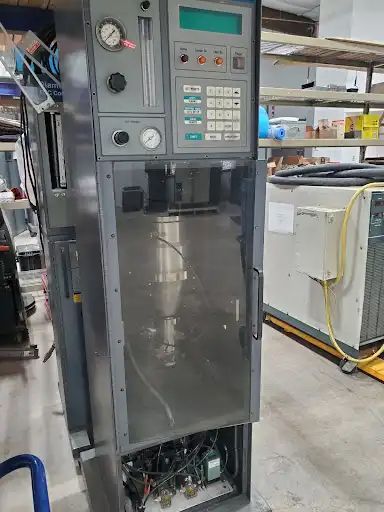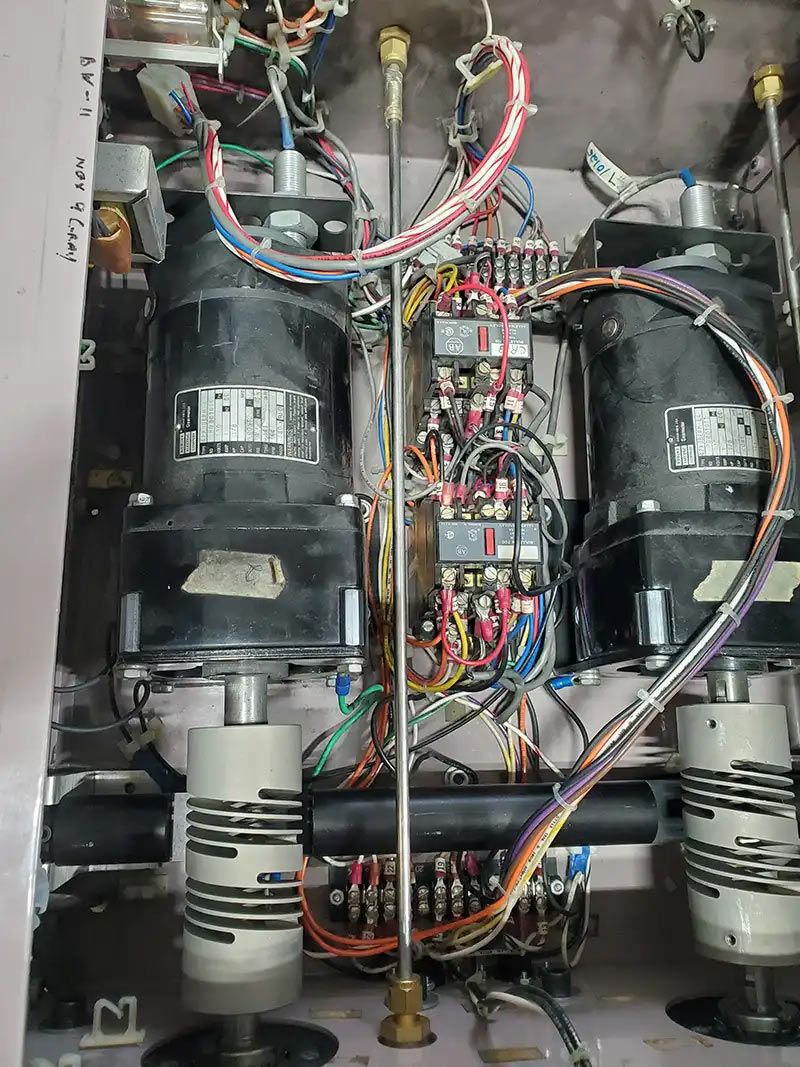Keeping your powder feeder equipment fully operational and in good working condition is essential for business process efficiency and success. Too often, operators are not mechanically skilled or maintenance people are far too busy to keep up so they wait until it’s too late to service their equipment properly. This leads to production downtime with expensive coating rework and increased service costs in the damage of feeder parts.
Here’s what you need to know to ensure your powder feeder is properly maintained:
Your Powder Feeder Needs Regular Maintenance
There are two types of powder feeders, rotary disc powder feeders and fluidized bed powder feeders. Because of the design of each feeder, the repairs and common issues differ between them. However, failure to provide maintenance, regular repairs, on either style will cause the components to endure extended wear, causing them to break. Continuous usage allows build up of powder residue, causing operations to be less efficient. If these problems persist without being inspected and repaired, major equipment repairs at higher costs are more likely to be needed.
Your technicians should inspect these areas in a Fluidized Bed Style:
- Plugged filters in the fluidized bed feeder hopper base
- Electronic pressure regulator failure
- 20 to 28 psi of supply to this regulator
- Filter bowl leaks
- Fitting leaks
- The correct pickup shaft
- Replace all seals
- Leaking circle seal pop off valves
- CPU failure
- Failed 3 volt battery in the upper back cabinet
- Motherboard failure
Your technicians should inspect these areas in a Rotary Feeder style: after 40 – 60 hours of usage.
- Remove the upper canister and blow clean
- Remove the rotary disk. If the technician can catch a fingernail on the bottom of this disk, it indicates a worn disk
- Replace the felt rings and o-rings
- Inspect the surface ring with the bottom of the powder wheel
- Replace the dump valve diaphragm


